If you click on a link and make a purchase we may receive a small commission. Read our editorial policy.
Artist's thoughts: Shawn Martinbrough and his favorite movies and shows he's seen recently
Shawn Martinbrough talks about his favorite movies and shows he's seen recently from an artist's perspective

You have your favorite creators, you love their work, but do you ever wonder what their favorite creations are?
This month we interviewed Eisner award nominated artist, Shawn Martinbrough, (best known for his work on Detective Comics, Red Hood, and Robert Kirkman’s Thief of Thieves) about his favorite films…with a bit of a twist.
Well you’ve heard enough of my babbling let’s pass this list over to the man himself, Shawn Martinbrough.
Shawn Martinbrough: I’m a HUGE film buff so there’s no way I could narrow my favorites down to a mere ten. What I can offer are the last ten films that I’ve watched and liked.
While I’m drawing at the art table, I usually watch films that I’ve seen numerous times. The thinking is, I’ll be less tempted to look up from drawing. However, if it’s a film that I haven’t seen in a while and it’s one I enjoy, it’s like hanging with an old friend. One you can quote, recite the dialogue as it’s spoken and revel in the visuals. So…
Elvis

I’ll admit, I had zero interest in watching a film about Elvis, but I trust in director Baz Luhrmann. I’ve been a huge fan of Baz starting with his take on Romeo & Juliet. Then he killed me with Moulin Rouge, which I thought was the best picture of that year. No director combines music and visuals like Baz Luhrmann, but it’s his fusing of contemporary music with period films which is so interesting.
The early scene in Elvis, when Elvis was influenced by Black gospel music while attending a church revival is mesmerizing. Luhrmann’s rapid editing style keeps the film moving but knows when to slow down and build character. Establishing shots are very key in Luhrmann’s storytelling. He’s always pulling out or zooming in from afar to remind the viewer where the action is taking place.
Jackie Brown

One of my favorite Quentin Tarantino films and I love them all (even Death Proof). The characters in Jackie Brown are so well defined here, but for me the heart of this film is the relationship between Jackie Brown and Max Cherry the bail bondsman. It’s developed in such a mature manner that by the end of the film, you’re rooting for these two adults to get together. Of course, Sam Jackson as Ordell Robbie nearly steals this movie for me. The end scene with him sitting in the car with Max Cherry before they walk into his office, cracks me up during every viewing. The cold manner in which Ordell warns Max, “Better be, motherfucka” is Oscar worthy and cracks me up every time. Visually, the continuous shot of Ordell taking Beaumont Livingston on the “ride” to Koreatown is probably my favorite shot of the film.
Top Gun Maverick

I will admit, the original Top Gun is one of my favorite films. I’m a huge fan of director Tony Scott, the director of the original film. I always tell my artist friends, just watch the opening credits which are shot during magic hour with the building score by composer Harold Faltermeyer. That’s pure visual and sensory storytelling. Top Gun Maverick ranks up there as one of the best sequels ever made. Not only does director Joseph Kosinski build on Scott’s legacy, but he also improves on many of the dated (yet even more entertaining by today standards) elements of the original film. The cinematography is off the charts (a must see in IMAX) and the stakes of the plot just keep rising. The choice of camera angles and the editing of the bar scene where the new cadets are introduced is a master class in storytelling.
Tron Legacy

Watching Top Gun Maverick put me in a director Joseph Kosinski state of mind, so Tron Legacy was next on my viewing list. I love the art of making film trailers, and the teaser trailer for Legacy was one of the best I’ve seen. In a film like this, style and visual approach is front and center. The environments on display are extraordinary which makes sense because Kosinski is an architect. From the set design of Sam Flynn’s garage style home on the water with the massive bridges in the background stemming from a one-point perspective, to the elder Flynn’s minimalistic flat in The Grid, each location is a vital supporting character.
There’s a lot to love visually in this film, but I’m going to focus on “character swagger”. It’s so important to create a visual vibe for a character, and the one who fascinates me as artist, is Clue. Sure, the visual effects of de-aging actor Jeff Bridges weren’t quite there yet but visual effects companies have to start somewhere. I’m more focused on his quiet swagger. In many scenes, such as his arrival at the grid games, Clue simply walks through the frame wearing a helmet in a grand, sweeping pan shot from left to right but attitude of his swagger is crazy. The shot of Clue draped over his chair, watching the grid games is full of character swagger despite not seeing his face. “Character swagger” is a very important element of storytelling.
Oceans 11-12

I’m a big Soderberg fan so I recently had a taste for the slickness of his Oceans trilogy. Oceans 11, aside from having a killer soundtrack and score, is so well structured. The dialogue is sharp with a healthy dose of tongue and cheek. I pay close attention to the way Soderberg composes shots with multiple characters in a scene. The final dolly shot of the film, which follows Danny Ocean and crew driving off and being pursued by Terry Benedict’s goons, gets me every time. Especially when the music kicks in.
This made me want to continue the Soderberg vibe with Oceans Twelve. Sure, it wasn’t as well received as the first film, but I appreciated the director trying to do something different here. The opening scenes showing Terry Benedict approaching each one of the Ocean’s Eleven is so visually creative. Like the previous film, Oceans Twelve is well shot, well-acted with the snappy dialogue, etc but the scene with Bruce Willis comedy gold. The way this scene is framed and the way Bruce reacts to Matt Damon’s character Linus, cracks me up every time.
Hunters Season 2

Hunters is a well-produced and entertaining show that I was enjoying until I got to episode 7. I’m drawing at the art table when ten minutes into this episode, I had to put my brush down and watch. The direction of this episode was simply off the charts. From the acting to the set design to the writing, this episode captivated and inspired me creatively from start to finish. I won’t go into detail on why this episode is so amazing because you should really take the ride yourself but I will share that it gave me serious Coen Bros vibes. Bravo to creator and director David Weil.
X-MEN: First Class

Very often I’ll follow a visual or thematic thread when I’m watching tv shows or films in my studio.
Hunters made me think about the great scene of a young Magneto hunting down nazis in the film, X-Men: First Class. I’m a fan of director Matthew Vaughn and love the way he composes shots. There’s such a sharp approach to the cinematography, but his storytelling is inspired. Take the opening scene of the film which is set during the Holocaust where Magneto, as a boy, first meets the evil Sebastian Shaw played Kevin Bacon. The establishing shot is an unassuming side angle of the two figures in Shaw’s office. Then, Vaughn flips the perspective to reveal the horrifying laboratory on the other side of the office. This side angle perspective approach is repeated in the climax of the film where Magneto gets his revenge by “moving the coin” towards a frozen Sebastian Shaw as Professor Xavier pleads with him not to continue down this path. The editing of this scene gives me chills every time.
Dune

The scale of Denis Villeneuve’s adaptation of Dune is simply impressive. This is particularly inspiring to me as an artist because a crucial element for telling a good story are backgrounds. Establishing the details of where a scene takes place is just as important as drawing the characters in it. In so many frames, the characters are tiny in relation to their environments. However, as grand as the settings are, it’s the nuances of Denis' storytelling that are so effective. Take the end assault of the Sardukar assassins on the old, abandoned terraforming structure in the desert.
Before the action starts, there’s a shot of the ground where you see just a speck of a shadow moving. Then, Villeneuve pans up to reveal a tiny figure at the top of the structure, as several tiny figures repel down to the ground joining other Sardukar assassins advancing towards us. All with no sound. This leads to one of my favorite sequences of Dune, (and there are many) the Sardukar battle with Duncan Idaho. The music, editing and cinematography are just mind blowing.
Wakanda Forever

There are a lot of fascinating elements in director Ryan Coogler’s Black Panther sequel, Wakanda Forever but I’m going to focus on mood here. As a storyteller, whether I’m drawing or writing, I’m always trying to strike a mood in a scene. The opening scene depicting T-Challa’s passing leading into the Marvel Studios logo tribute to Chadwick Bosemann was powerful one-two punch. The first-person perspective and use of slow motion as the funeral procession approaches the dancers really pulls us, the viewer, into the scene.
Skipping to the first introduction of The Talokans when they attack the drilling rig in the ocean is another great example of creating a mood. Set at night, the simple image of a silhouetted head appearing in the water is striking. Then, more heads appear as the men on deck fall under the siren spell of the attackers. We can’t see what or who exactly the attackers are yet but then Coogler cuts to a dramatic, introductory shot of Attuma leaping out the water. Coogler slows down the motion so we can fully see the details of this new character before resuming to normal speed. This combination of mood, action and introduction is so inspiring.
Want to learn more about Shawn Martinbrough's thoughts on art? Check out this Popverse interview about how Shawn Martinbrough became a Jack of all comic trades
Follow Popverse for upcoming event coverage and news
Find out how we conduct our review by reading our review policy
Let Popverse be your tour guide through the wilderness of pop culture
Sign in and let us help you find your new favorite thing.




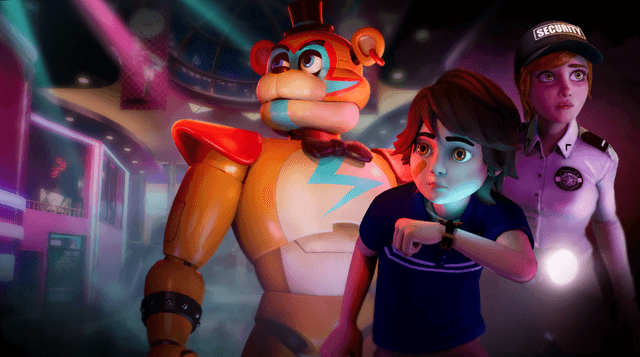
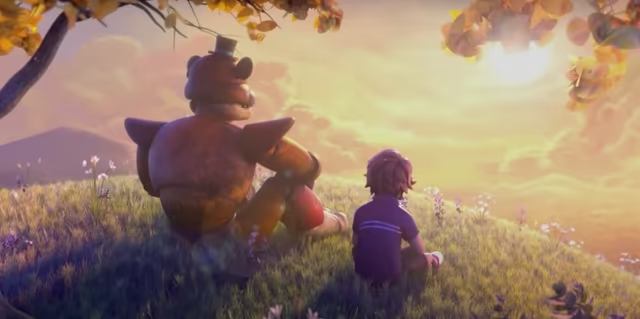
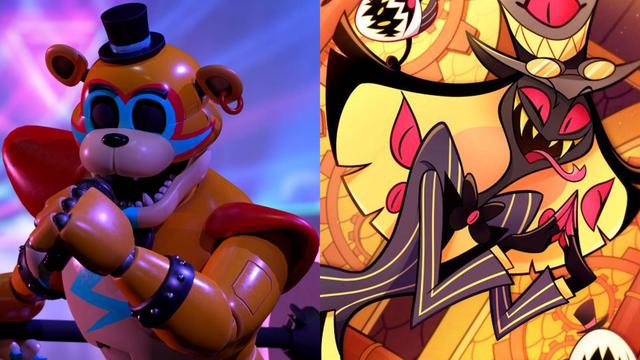

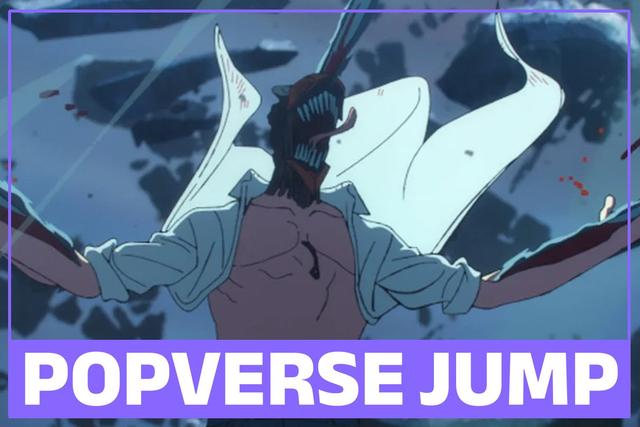
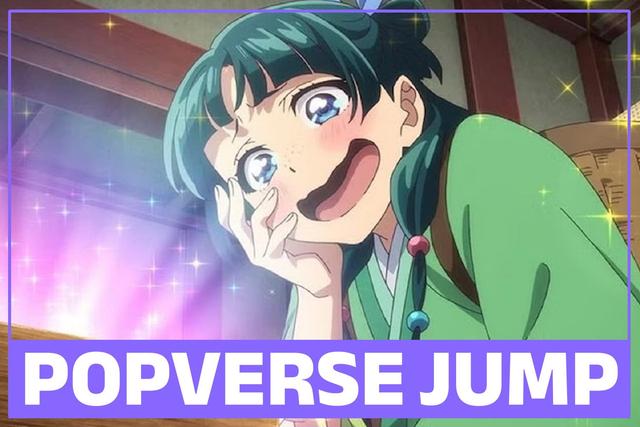






Comments
Want to join the discussion? Please activate your account first.
Visit Reedpop ID if you need to resend the confirmation email.